Laura Biedermann wanted to be an astronaut. She also wanted to try new things and make science fun. Physics led her there.
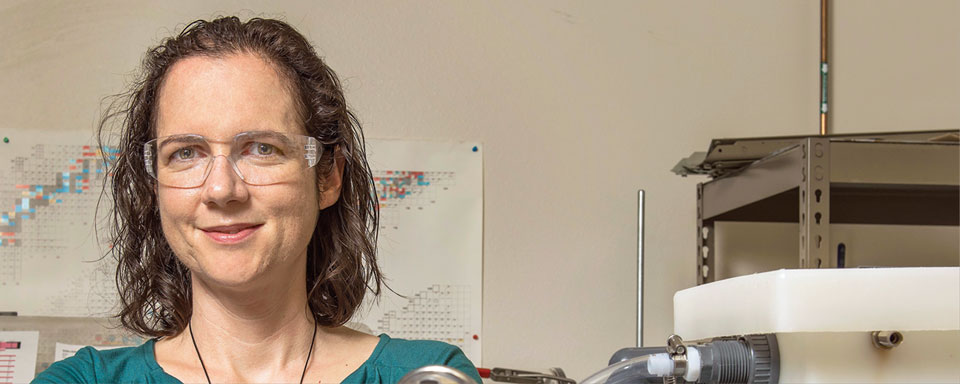
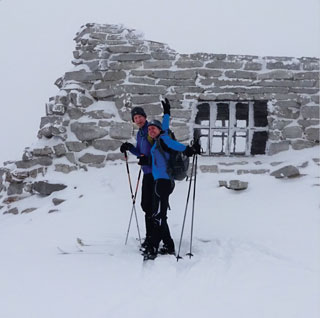
Sandia physicist Laura Biedermann was out running with scientifi cally astute but non-physicist friends who asked about news that the Laser Interferometer Gravitational-Wave Observatory had detected such ripples in space. “They’re asking what are gravity waves and interferometers, and so I’m explaining, ‘You’ve got these two optical paths’” — she stretches out her arms — “and acting out an interferometer while we’re running.”
Biedermann likes explaining science. “You’ve got to start off with what you’re doing and why. It’s fun trying to explain things when you don’t have a white board or anything around you because you’ve got to figure out how to give people the correct mental image. If you can get people to have the correct mental image without anything tangible in front of them, you’ve succeeded at communicating.”
She got into physics because that’s where she found answers, literally. When she asked her high school biology teacher about concepts, the teacher told her not to worry; she’d learn it next year in chemistry. The next year, Biedermann was equally frustrated by the chemistry teacher telling her she’d get the answers next year in physics. The physics teacher didn’t tell her she’d learn it later, “so I majored in physics.”
Originally, she thought that would help her become an astronaut. “If you fail at that, you still have options,” she reasoned. “You might as well aim high.”
The Vomit Comet
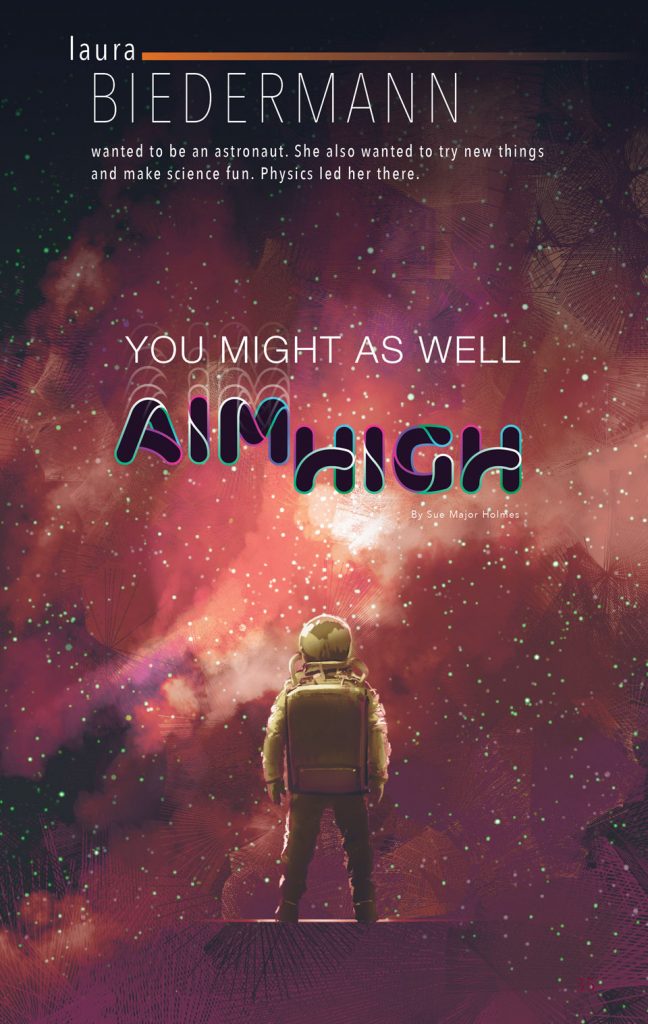
In college, a fluid flow project took her to the Johnson Space Center for two weeks as part of NASA’s Reduced Gravity Student Flight Opportunity program. Students propose, design and fly experiments aboard a KC-135, known as the Vomit Comet because of the stomachturning effects of flying parabolic arcs. The program was fascinating, but Biedermann realized even mission scientists “can’t really do research on the Space Station, that everything’s really prescribed and there’s no option to try new things, to change things. You don’t get to have the experimental freedom that makes science fun because of all the necessary constraints.”
She continued in physics without being sure how she’d use it. Early on, she decided against a career in academia because “I noticed my professor looked like a kid in the candy shop on the rare Friday afternoons he actually got into the lab to see the experiments real time and test out the new equipment. I just figured I wasn’t going to go to school for eight or nine years to not touch equipment anymore.”
As a senior at the University of Illinois, she took a nanotechnology survey course and loved it. That gave her a path for graduate school at Purdue, studying condensed matter. In her fourth year at Purdue, Biedermann presented a talk at Sandia under the Campus Executive Graduate Research program. A month later, she attended a Materials Research Society meeting, where Sandia staff members recognized her as the grad student speaker and approached her to say hello. She was impressed, and came to Sandia in 2009 as a postdoctoral appointee. In 2010, she joined the Electronic, Optical and Nanomaterials department in the labs’ Materials Science and Engineering Center.
Scribbled drawings on scrap paper
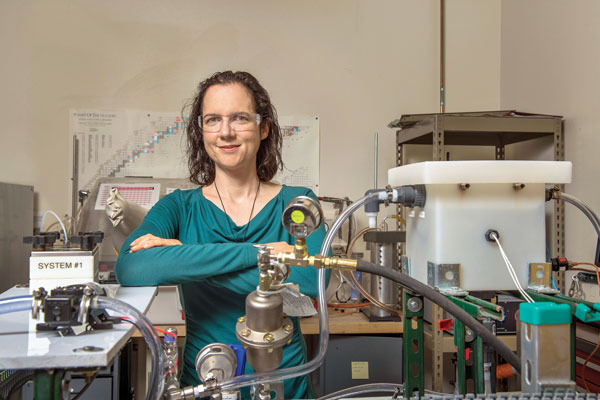
Working on diverse projects in grad school “stirred my bifurcated research nature because I’ve never been able to stick to one topic since,” she says. Sandia gives her freedom to pursue vastly different research, illustrated by two key projects: one on high-voltage electricity and plasma physics and the other a Laboratory Directed Research and Development (LDRD) project to develop new chlorine-tolerant, low-energy desalinization membranes.
Biedermann explains the electrical project with scribbled drawings of voltage and ground wires and a ceramic insulator on a piece of scrap paper, and bends her arms, demonstrating how she tells friends about shaping an electrical field. It’s exciting research “because you’ve got materials, you’ve got experiments, you’ve got modeling, and atmospheric chemistry and the plasma processes,” she says. “There are just a lot of really fun questions and really good people I get to work with.”
She opens a presentation she gave the previous day on the desalinization research, pointing out details, remarking on questions to be solved. There’s even a joke slide: the edible salinity scale, ranking salt concentration according to a scale consisting of V8 juice and soy sauces. Laughing, she notes: “Low-sodium soy sauce has the same sodium concentration as the concentration of salt in seawater.”
But even without visual aids, desalinization work is easier to explain because people relate to water. “With water projects you get to say exactly what you’re doing and why,” Biedermann says.
Desalinization
Physicist Laura Biedermann points out a photo of amembrane being developed for desalinization “This is what they look like; kind of beautiful,” she says, then, “It’s in the lab right now; want to go take a look?”
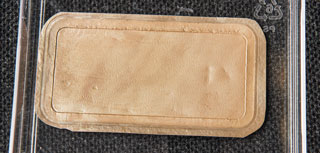
Sandia is interested in how desalinization could reduce the water demands of energy production for the electric power industry and others. Biedermann is in the first year of a three-year Laboratory Directed Research and Development (LDRD) project, studying laminar graphene oxide/polymer structures for a new chlorine-tolerant low-energy desalinization membrane. It’s a fundamental science effort to explore how to optimize the graphene oxide assembly for high water permeability while rejecting salt from brackish water and improving the tolerance to the chlorine used for disinfection during water treatment.
The intrinsic structure of graphene oxide nanosheets makes them ideal layered materials for desalinization membranes, Biedermann says. “Nature is very kind to us — when we assemble laminar graphene oxide structures, the oxygen functional groups act as nanopillars, defining a slit about one nanometer wide through which the water permeates, around the graphene oxide nanosheets. This width is ideal to prevent salts in water from permeating. With graphene oxide/ polymer membranes, we have nanoscale-structured materials that eventually can treat water on the municipal scale.”